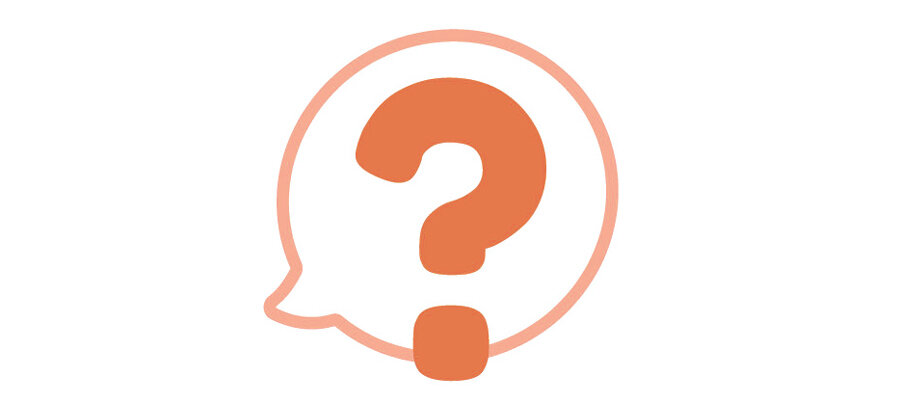PERSPECTIVE INSPECTOR
Your brain constantly collects information about the position of objects around you—what’s in front or behind, what’s moving slowly or quickly—to form a model of the world. These depth cues communicate whether objects are near or far away, even with one eye closed.
Virtual reality also adapts to our perspective as we move. For example, closer objects block our view of objects behind them. We also see different views—the front, the side, the back—of a pig, a car or other object. VR keeps up with our movement by updating the picture ninety times per second.
TRY THIS!
LEARN HOW PARALLAX WORKS
Try it
Select an object to look at on the far side of a room. (It could be a lamp, picture or wall.)
Now, hold your thumb in front of your face, close to your nose.
Focusing on your thumb, try closing (or covering) your left eye and then switch to closing only your right eye.
What happened to the object relative to your thumb? It may have appeared to shift from one side to the other - this effect is called parallax.
5. Now, try this again but hold your thumb at arm’s length. What do you notice? The amount of shift (parallax) is related to the distance to the object.
Observe it
Notice how objects move as you close each eye in turn. The amount of this shift indicates how far away the object is. Parallax is the way that objects appear to change in relationship to each other as we move around them. This is one way your eyes judge distances.
EXPERIMENT WITH PERSPECTIVE AND LIGHTING
Materials
Household objects
Flashlight (or try the activity outside on a sunny day)
Try it
Choose a few household objects of different sizes and shapes, and group them together on a table.
Once you are satisfied with your scene, it's time to light it. You can either place your objects outside or use a lamp or flashlight to light your scene.
Now, it's time to experiment! Try viewing your objects from different positions: crouch low, stand tall, and move from side to side.
Observe it
How does your view of the objects change in relationship to one another and to their background?
Do they look different from above, below, from left to right?
As you move around your still life, pay attention to where the light is coming from and observe how that light creates highlights and shadows. Notice how this use of light helps make the objects look three dimensional.
4. Next, see if you can draw one of the objects from two or more different perspectives capturing the changes in light and shadow.
WHAT'S GOING ON?
One of the important ways that virtual reality can feel real to our brains is through the use of lighting, perspective, and parallax in virtual scenes. VR developers use parallax and perspective to create realistic worlds. As you move around in a virtual world, objects seem to change in relationship to each other, just as in the real world. And in VR, objects that are closer to you change more dramatically than those further away. This visual clue helps our brains accept the virtual world.
WANT TO LEARN MORE?
This video was taken by moving a VR headset and mobile phone along our motion parallax exhibit prototype. The yellow fish appear to pop out of the screen! See more exhibits like this in the traveling exhibit, "Reinventing Reality: The Science of Virtual Reality."













